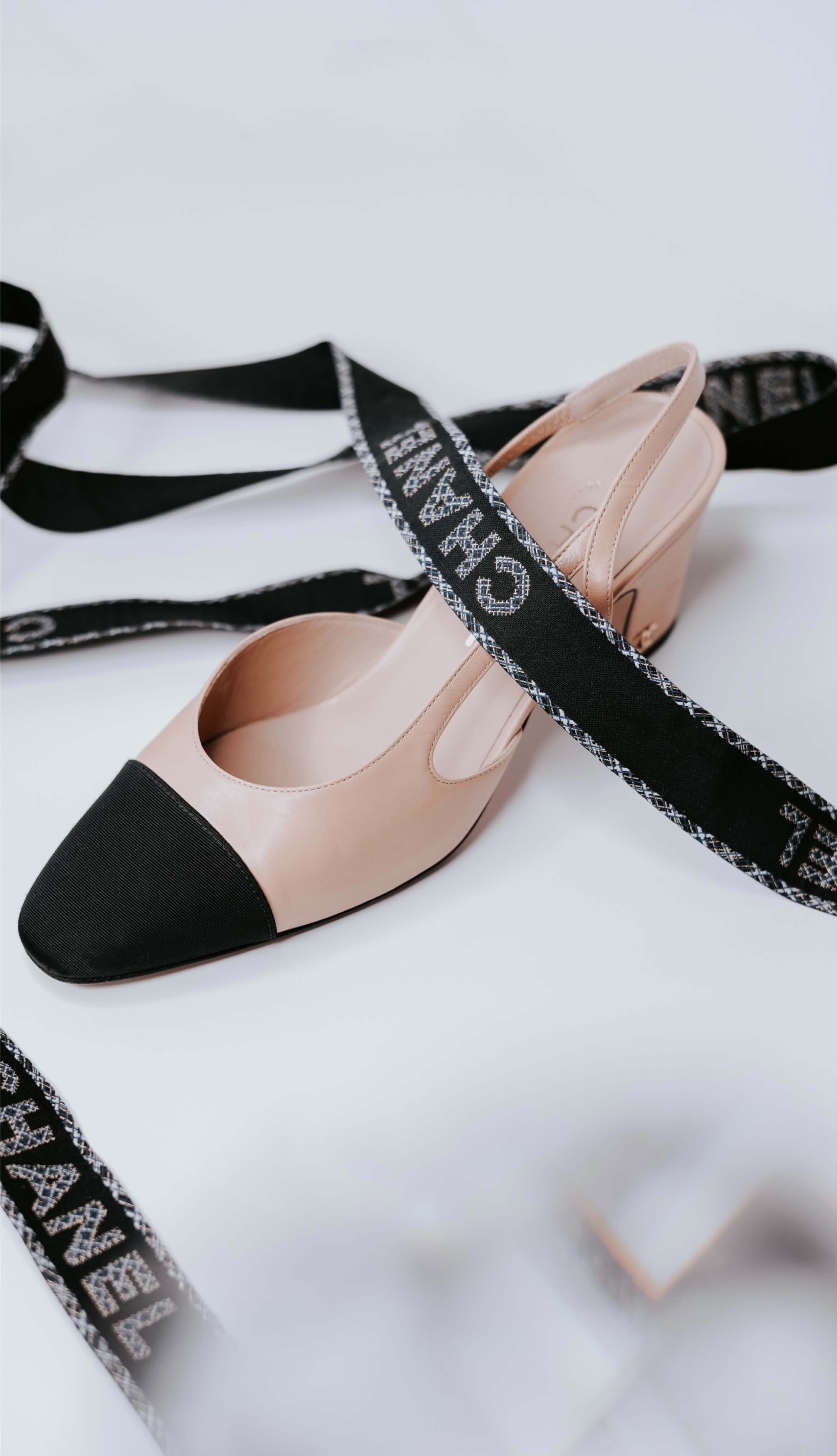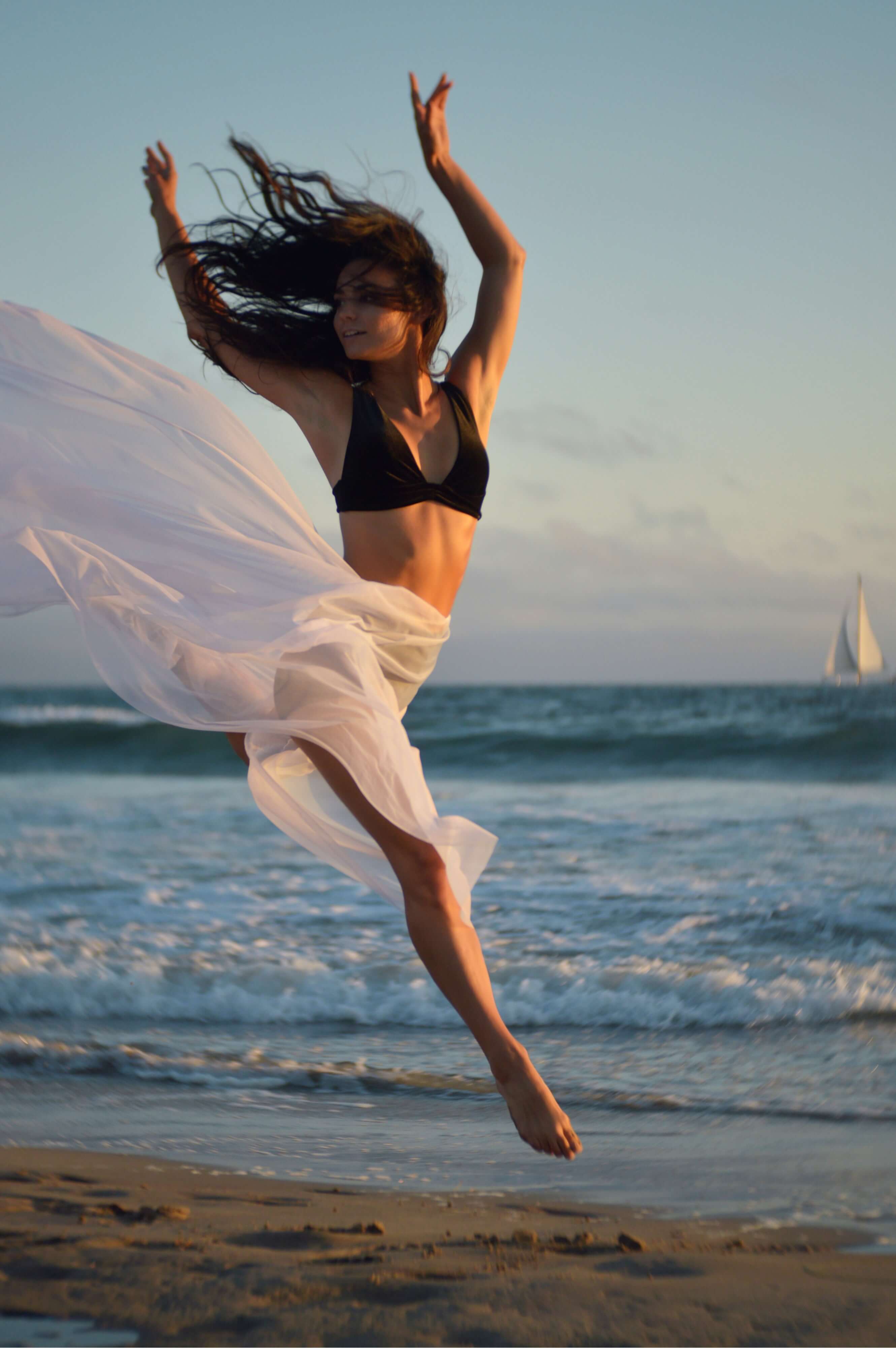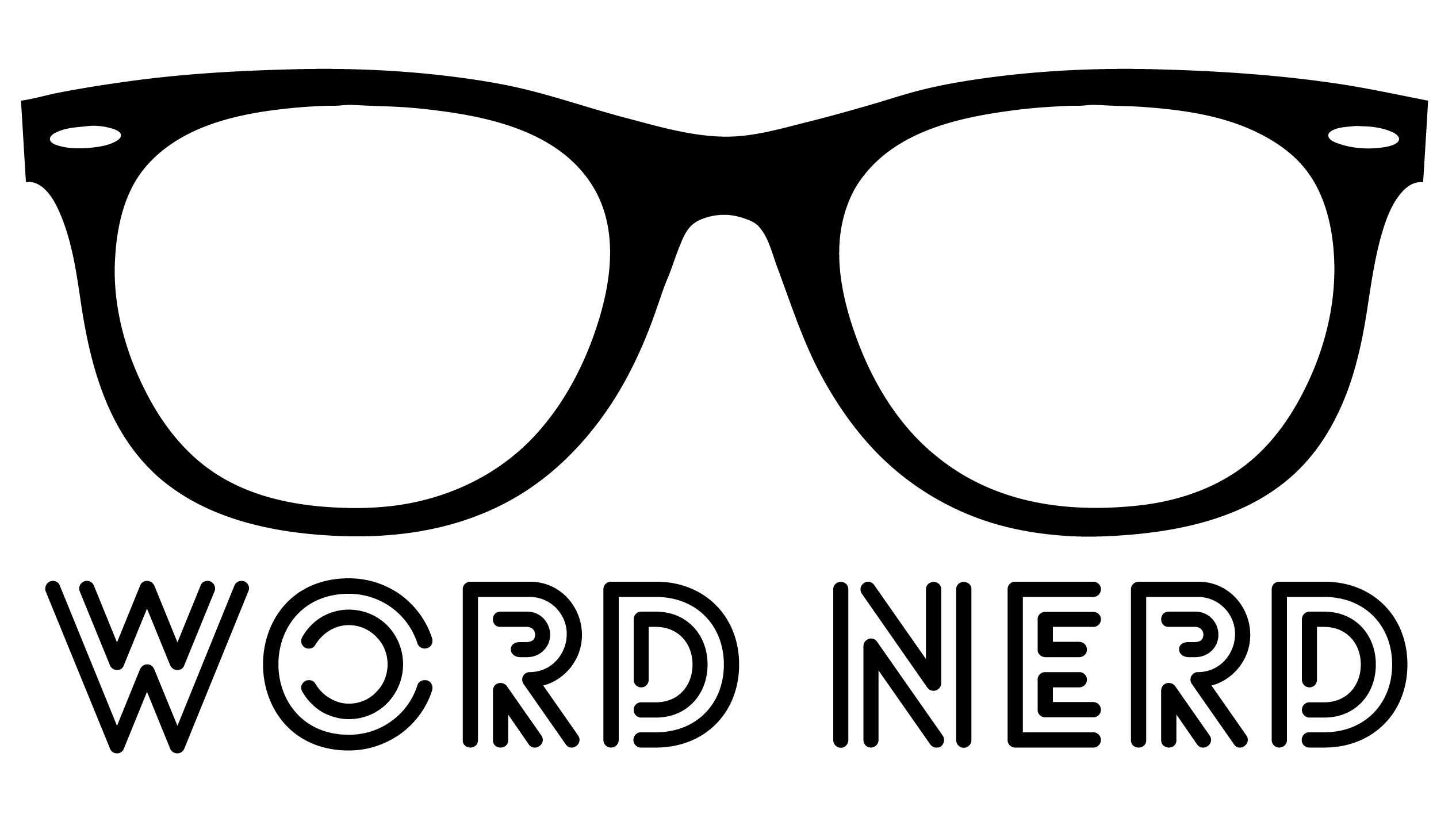Fact: you can find different elements of the traditional ballet garments in any clothing store. From flouncy skirts, ballet flats, and wrap sweaters – the proof is in the tulle – but that wasn’t always the case.
The truth is, ballet had a way to go before it got established as a respectable art form and dipping its toes in the world of fashion.
Ballet Getting Accepted as an Art Form
Since we closely associate ballet with fashion, it is hard to imagine that the elegant and refined ballerina silhouette wasn’t always in style.
But what changed in the eyes of the beholder since the beginning of the 20th century?
Let’s rewind to the early 18th century.
Ballet was initially limited to male aristocrats. They were the only ones allowed to perform this style of art.
Around the early 19th century, ballet was professionalised, and its popularity resulted in the domination of women in the field. This was when the image of the traditional ballet dancer we think of today took its form.

The costumes that women danced in at the time were adapted for more effortless movement. Because of the light, sometimes revealing outfits, ballet got the bad rap.
Namely, respectable women in society were not willing to emulate the style because of its negative connotation.
Sleeping Beauty, re-staged in 1921 is what enabled ballet to establish and cement its place in the world of fashion, finally recognized as an art form in itself.
Art Inspiring Art – From Couture to Prêt-à-Porter
The 30s balletomania inspired many designers to add elements of typical ballet garments into their designs and include lace and tulle as part of their couture designs.
Couture designers such as Christian Dior and Jacques Fath went all-in with luxurious tutu-inspired gowns and other ballet-inspired creations. Others include:
Chanel
Saint Laurent
Karl Lagerfeld
Valentino
Giambattista Valli
Christian Lacroix
Designers created romantic looks using tulle, and they were designing costumes for ballet performances.
For instance, after French artist Christian Bérard in collaboration with costumer Barbara Karinska worked on the production of Cotillon, the designs got some coverage in Vogue magazine.
After the public was introduced to such designs, they simply could not get enough of ballet fashion.
Ballet practice clothing found its way into our closets because of designers such as Clair McCardell. Such designers focused on ready-to-wear clothing and let ballet inspire clothing such as wrap dresses, bathing suits, and more.

Chasing a Fantasy?
The appeal of the ballet-inspired garments can be traced to the association of the elegant and almost ethereal dancers we instinctively think of when we think of ballet.
Women want the aura of mystique that this style allows, but also to be taken seriously and show others their carefree side.
With flat shoes inspired by ballet slippers or tutu skirts, anyone can lift their outfit and make it more elegant and fun. The latest runway shows from the likes of Interior and Blumarine proved that we will be seeing a lot more of ballet on the streets with what is known as balletcore.
Personal styling advisor for MiKADO Personal Styling, Jordan Stolch tells InStyle that balletcore is “all about embracing the dreamy, ethereal aesthetic of the dance world while striking the perfect balance between elegance and ease.” One of the best ways to achieve this balance, she says, is to layer up.
“Think a silk slip skirt paired with a bodysuit, a bustier-cut tulle dress over a thin, knit sweater, or a lace wrap-top worn with your favorite trousers. Play with heavily feminine fabrications and soft colors, mixed with must-have ballerina black, and add in classic details like simple flats, thin headbands, and sheer tights.”
Balletcore is En Pointe for 2023
The art of ballet might not have always been accepted as the proper and intricate art form it truly is. But with the explosion of tulle in the fashion industry in the 1930s, it shows us that society is ready to redeem and transform itself with some ballet-inspired fashion.
